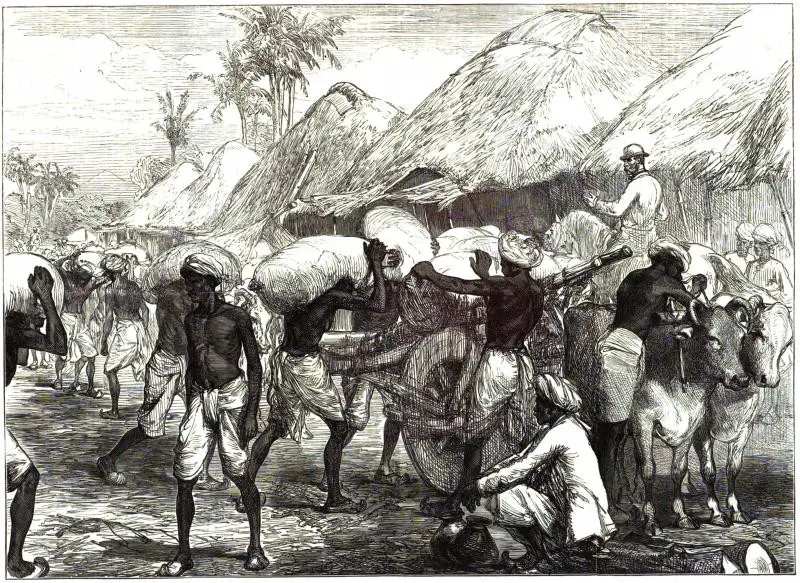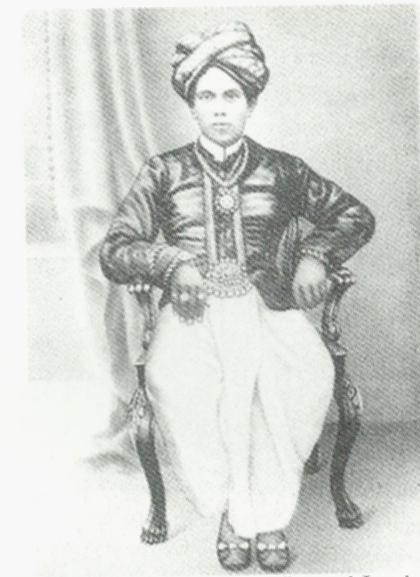Cornwallis Reforms and Zamindari System/Permanent Settlement: A Shift in Dynamics

Cornwallis’s Realizations
1. Cornwallis recognized the detrimental impact of the existing system on the country, with a declining agricultural sector and insufficient surpluses for the East India Company’s export ambitions.
2. The intricate link between agriculture and the production of goods crucial for export was hindering the Company’s plans.
Permanent Fixation of Land Tax
1. Cornwallis proposed a permanent fix for the land tax, pledging never to increase it in the future.
2. This move aimed to curb corruption, as officials could no longer arbitrarily alter assessments.
3. Hopes were high that landholders, with a fixed tax and the prospect of retaining the entire benefit from increased production, would invest in land improvement.
Settlement with Zamindars
1. The Nawabs of Bengal historically collected taxes from zamindars, who controlled vast territories.
2. British rule complicated matters, leading to confusion in tax collection methods and abuse of power.
3. Cornwallis, favoring the landed aristocracy, sought a settlement with zamindars, granting them ownership rights with the expectation of improved land management.
Permanent Settlement of 1793
1. Under the Permanent Settlement, every bit of agricultural land in Bengal and Bihar became part of a zamindari.
2. Zamindars paid fixed taxes, gaining ownership rights, allowing them to sell, mortgage, or transfer their zamindaris.
3. Cultivation, however, fell under the domain of peasants, now reduced to tenants under the zamindars.
Position of Cultivators
1. Despite Cornwallis’s decree for written agreements (pattas) to protect tenants, these were rarely issued in practice.
2. The permanent assessment, being the maximum obtainable from the land, resulted in oppressive taxes.
3. Peasants, at the mercy of zamindars, faced harassment and illegal methods of rent collection.
Effects of Permanent Settlement
1. While appearing favorable to zamindars, the fixed tax put them under the obligation of consistent, timely payments.
2. Many zamindaris were sold due to large assessments, leading to increased rents by new buyers.
3. Subinfeudation emerged as zamindars divided their estates, and rents escalated with the growing population and increased cultivation.
4. Only in 1859 did protective measures for tenants, termed occupancy tenants, begin to address their rights.

Salimullah Zamindar

Thiruvadi Vaihunda Naden Zamindar
Re-evaluation of Permanent Settlement: Unforeseen Challenges
Cornwallis’s Vision vs. Reality
- Cornwallis envisioned the widespread adoption of the Permanent Settlement beyond Bengal into other British territories.
- Madras Government initiated its implementation, aligning with Cornwallis’s expectations.
Doubts and Defects Unveiled
- British officials, however, soon began questioning the efficacy of the Permanent Settlement, revealing its shortcomings.
- A significant flaw, particularly concerning officials, was its lack of flexibility for tax increases. Meanwhile, the Company’s expenses surged due to frequent wars.
Financial Strain and Lord Wellesley’s Actions
- Lord Wellesley, serving as Governor-General from 1798 to 1806, faced financial strain. He diverted funds intended for trade goods from England to military expenditures.
- The growing financial burden led officials to seek ways to augment government income.
Reconsideration of Zamindari Benefits
- Some officials believed that zamindars had received lenient treatment in 1793 and should not be spared in the future.
- As early as 1811, London authorities cautioned against implementing permanent settlements without a comprehensive land survey.
The unforeseen challenges and financial strains led British officials to reconsider the merits of the Permanent Settlement, marking a shift in their perspectives and raising questions about its adaptability to evolving circumstances.
F.A.Q.
- Q. What is Zamindari System ?
Answer :– The Zamindari system involved allocating extensive land portions to intermediaries known as zamindars. These zamindars held official recognition as the proprietors of the land, with the duty of gathering revenue from the peasants engaged in cultivating the land.
- Q. Who introduced Zamindari System ?
Answer :- It was introduced in 1793 by Lord Cornwallis through the Permanent Settlement Act.

[…] of 1000 and above during Aurangzeb’s reign being khanzads. Additionally, recruitment included zamindars, Persians, Chagatai, Uzbeks, Deccanis, Turanis, Afghans, Indian Muslims (shaikhzadas), Rajputs, […]
[…] with zamindars for a substantial land revenue. Village-wise settlements were the fallback if zamindars resisted or were absent. The intention was to make these settlements permanent, as observed in […]